Who was Pierre Teilhard de Chardin?
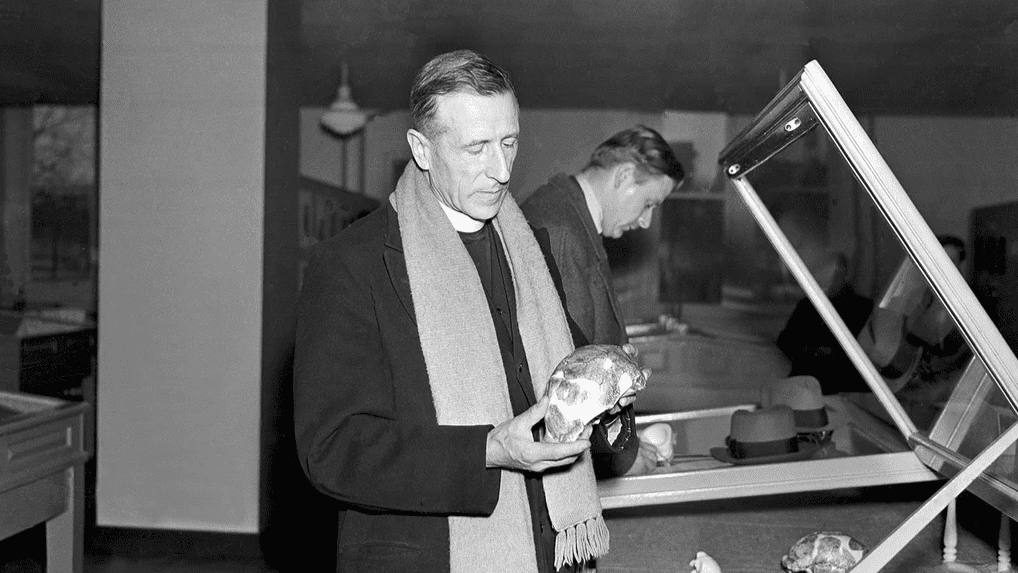
Pierre Teilhard de Chardin (1881-1955), the French Jesuit priest, paleontologist, and philosopher, devoted his life to reconciling the realms of matter and spirit, science and religion. His unique vision sought to bridge the apparent chasm between the tangible world of atoms and molecules and the intangible world of consciousness and divinity. Teilhard’s thought, as expressed in his seminal work The Heart of Matter, resonates with the ancient wisdom of Gnosticism, which similarly grappled with the relationship between the material and the spiritual. This essay will explore Teilhard’s insights into the nature of matter and spirit, drawing parallels with Gnostic thought and highlighting his profound contribution to our understanding of the human place in the cosmos.
2. The Luminosity of Matter
2.1. The Diaphany of the Divine
At the heart of Teilhard’s vision is the concept of the “diaphany of the Divine” – the radiant presence of the sacred that permeates the very fabric of the universe. For Teilhard, matter is not a dull, inert substance, but a vibrant, glowing medium through which the light of the Divine shines forth. He writes of the “crimson gleams of Matter, gliding imperceptibly into the gold of Spirit,” suggesting that the material and the spiritual are not separate realms, but rather different manifestations of a single, unified reality.
2.2. The Sacredness of the Tangible
Teilhard’s vision challenges the traditional dichotomy between spirit and matter, asserting that the sacred is to be found not in some otherworldly realm, but in the very heart of the tangible world. He writes, “Even at the peak of my spiritual trajectory I was never to feel at home unless immersed in an Ocean of Matter.” This embrace of the material as the locus of the spiritual resonates with the Gnostic notion of the “fallen” divine spark that is embedded within the fabric of creation, waiting to be awakened and redeemed.
2.3. The Evolutionary Unfolding of Consciousness
For Teilhard, the luminosity of matter is not static, but rather part of a grand evolutionary unfolding. He sees the universe as a vast process of becoming, in which matter is gradually transformed into ever-higher forms of complexity and consciousness. This evolutionary vision is captured in his poetic image of “Matter delights in music, and became Bach” – suggesting that the very atoms and molecules of the cosmos contain within them the potential for the emergence of beauty, creativity, and self-awareness.
3. The Gnostic Resonance
3.1. The Divine Spark
Teilhard’s vision of the diaphany of the Divine within matter resonates deeply with the Gnostic concept of the divine spark. In Gnostic thought, the material world is seen as the creation of a lesser, imperfect deity (the Demiurge), but within this fallen realm, there exist scattered fragments of the true, transcendent God. These divine sparks are imprisoned within matter, yearning to be reunited with their source. Teilhard’s notion of the sacred presence that permeates the cosmos, waiting to be unveiled and realized, echoes this Gnostic motif.
3.2. The Path of Gnosis
For the Gnostics, the path to salvation lay in the attainment of gnosis – a transformative knowledge that would awaken the divine spark within and enable the individual to transcend the limitations of the material realm. Teilhard’s vision similarly emphasizes the need for a profound shift in consciousness, a “spiritual awakening” that allows us to perceive the luminous depths of reality. He writes of the “mysterious inner clarity which transfigured” every being and event, suggesting that the path to wholeness lies in a radical transformation of perception.
3.3. The Redemption of Matter
While some Gnostic traditions tended towards a dualistic rejection of the material world, others held a more nuanced view, seeing matter not as inherently evil, but rather as a necessary stage in the unfolding of divine consciousness. Teilhard’s thought resonates with this latter perspective, affirming the ultimate sacredness of matter as the very “heart” of the cosmic process. In his “Hymn to Matter,” he blesses the “universal matter” that “dissolves our narrow standards” and “reveals to us the dimensions of God,” suggesting that it is through an embrace of our materiality that we come to know the fullness of the Divine.
4. The Human Role in Cosmic Evolution
4.1. The Awakening of Matter
For Teilhard, the emergence of human consciousness represents a pivotal moment in the evolutionary unfolding of the universe. In our self-awareness, the cosmos becomes aware of itself; in our yearning for transcendence, matter begins to awaken to its spiritual depths. Teilhard sees the human being as the “spearhead” of evolution, the point at which the divine spark within matter becomes fully conscious and begins to actively participate in its own redemption.
4.2. The Omega Point
Teilhard’s vision culminates in the concept of the Omega Point – the ultimate destination of the cosmic evolutionary process. He envisions a future convergence of all the threads of consciousness, a final unity in which matter and spirit, the human and the divine, are fully reconciled. This Omega Point represents the Gnostic “Pleroma,” the fullness of divine being towards which all of creation is striving. For Teilhard, it is the pull of this future unity that drives the evolutionary process forward, drawing us ever closer to the heart of the Divine.
4.3. The Work of Consciousness
In Teilhard’s thought, the path to the Omega Point is not a passive one, but rather a collaborative process in which human consciousness plays an active role. He calls us to participate fully in the unfolding of the divine plan, to “fetter” the “untameable passion” of matter and harness its energies in the service of spirit. This work of consciousness involves a continual effort to expand our awareness, to break through the “seamless veil of phenomena” and perceive the underlying unity that binds all things together.
5. de Charin’s Legacy and Influence
Pierre Teilhard de Chardin’s vision of the relationship between matter and spirit offers a profound synthesis of scientific and mystical insights, one that resonates deeply with the ancient wisdom of Gnosticism. His affirmation of the sacredness of matter, his understanding of the evolutionary unfolding of consciousness, and his call for a collaborative human participation in the cosmic process all echo key themes in Gnostic thought. At the same time, Teilhard’s vision is a distinctly modern one, informed by the discoveries of science and the challenges of our time.
For Teilhard, the reconciliation of matter and spirit is not an abstract philosophical question, but an urgent existential imperative. In a world torn by division and alienation, he sees the recognition of the underlying unity of all things as the key to our survival and flourishing. His call to “embrace the universe” is a call to overcome our separateness, to awaken to our deep interconnectedness with each other and with the cosmos as a whole.
As we grapple with the challenges of the 21st century – ecological devastation, social and economic inequality, the rise of artificial intelligence – Teilhard’s vision offers a framework for understanding our place in the grand sweep of cosmic evolution. It reminds us that we are not isolated beings, but rather integral parts of a vast, unfolding process, one that is moving towards an ultimate unity and fulfillment. Teilhard’s thought challenges us to see our struggles and aspirations in a new light, as part of the labor pains of a universe that is coming into its full divinity.
In the end, Teilhard’s vision is one of profound hope and possibility. It affirms that, despite the darkness and chaos of our world, there is a deeper pattern at work, a divine presence that is guiding the cosmos towards its ultimate destination. As we awaken to this presence within ourselves and within the heart of matter, we become co-creators of a new future, one in which matter and spirit, science and religion, are no longer at odds, but rather collaborators in the great work of cosmic evolution. In Teilhard’s words, “Raise me up then, matter, to those heights, through struggle and separation and death; raise me up until, at long last, it becomes possible for me… to embrace the universe.”
Bibliography:
Teilhard de Chardin, P. (1978). The Heart of Matter. Harcourt Brace Jovanovich.
Teilhard de Chardin, P. (1959). The Phenomenon of Man. Harper Perennial.
Teilhard de Chardin, P. (1965). The Divine Milieu. Harper Perennial.
Teilhard de Chardin, P. (1966). Man’s Place in Nature. Harper & Row.
Teilhard de Chardin, P. (1969). Human Energy. Harcourt Brace Jovanovich.
Further Reading:
Aczel, A. D. (2007). The Jesuit and the Skull: Teilhard de Chardin, Evolution, and the Search for Peking Man. Riverhead Books.
Cowell, F. R. (1970). The Teilhard Lexicon: Understanding the language, terminology and vision of Pierre Teilhard de Chardin. Sussex Academic Press.
Cuénot, C. (1967). Teilhard de Chardin: A Biographical Study. Helicon Press.
Delio, I. (2008). Christ in Evolution. Orbis Books.
Delio, I. (2013). The Unbearable Wholeness of Being: God, Evolution, and the Power of Love. Orbis Books.
Dodson, E. O. (1984). The Phenomenon of Man Revisited: A Biological Viewpoint on Teilhard de Chardin. Columbia University Press.
Duffy, K. (2014). Teilhard’s Mysticism: Seeing the Inner Face of Evolution. Orbis Books.
Fabel, A., & St. John, D. (Eds.). (2003). Teilhard in the 21st Century: The Emerging Spirit of Earth. Orbis Books.
King, T. M. (2005). Teilhard’s Mass: Approaches to “The Mass on the World”. Paulist Press.
King, U. (1996). Spirit of Fire: The Life and Vision of Teilhard de Chardin. Orbis Books.
Kropf, R. W. (1980). Teilhard, Scripture and Revelation: A Study of Teilhard de Chardin’s Reinterpretation of Pauline Themes. Fairleigh Dickinson University Press.
Lukas, M. E., & Lukas, E. (1977). Teilhard. McGraw-Hill.
Meynard, T. (2009). Teilhard and the Future of Humanity. Fordham University Press.
O’Connell, G. (1982). Teilhard’s Vision of the Past: The Making of a Method. Fordham University Press.
O’Donohue, J. (2000). Eternal Echoes: Exploring Our Yearning to Belong. Harper Perennial.
O’Murchu, D. (2002). Evolutionary Faith: Rediscovering God in Our Great Story. Orbis Books.
Savary, L. M. (2007). Teilhard de Chardin – The Divine Milieu Explained: A Spirituality for the 21st Century. Paulist Press.
Smith, U. M. (1988). The Spirituality of Teilhard de Chardin. Paulist Press.
Trennert-Hellwig, M. (1993). The Spiritual Journey of Teilhard de Chardin. Continuum.
Udías, A. (2009). Christogenesis and Cosmogenesis According to Teilhard de Chardin. European Journal of Science and Theology, 5(4), 17-24.
Wildiers, N. M. (1984). An Introduction to Teilhard de Chardin. Harper & Row.
Zaehner, R. C. (1967). Evolution in Religion: A Study in Sri Aurobindo and Pierre Teilhard de Chardin. Clarendon Press.
Mystics and Gurus

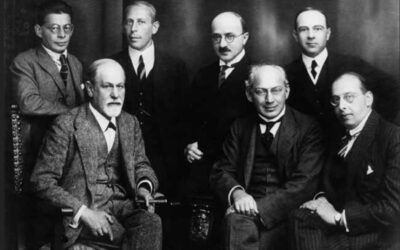
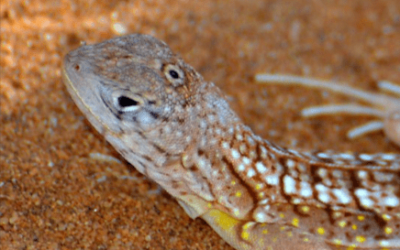
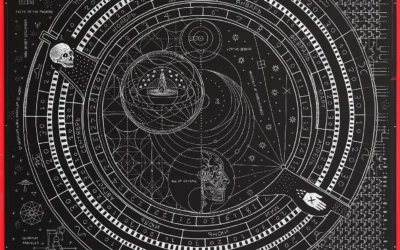
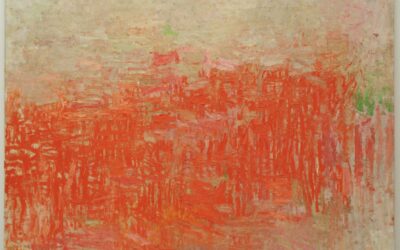
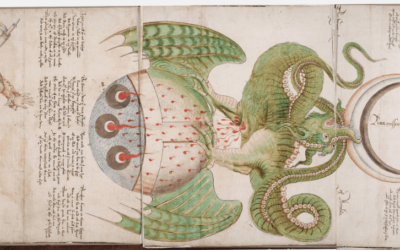
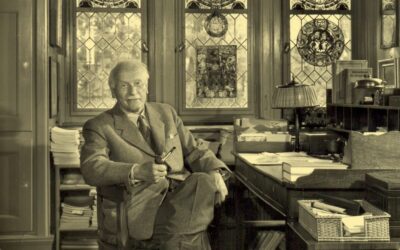
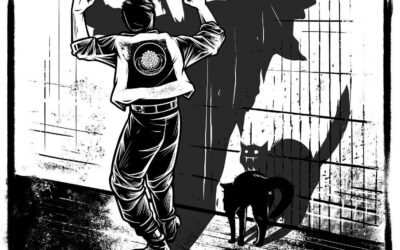
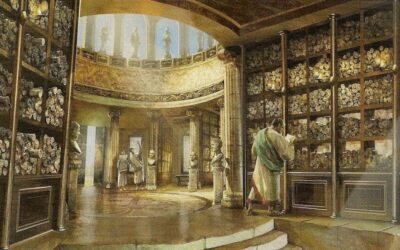
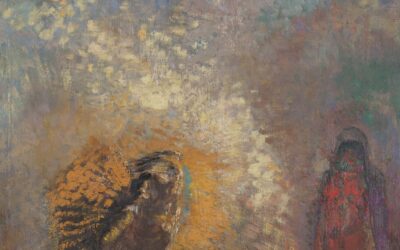
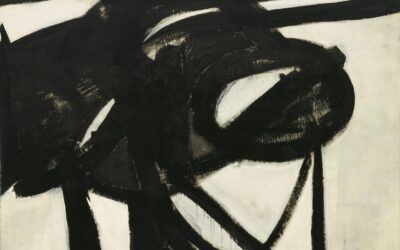
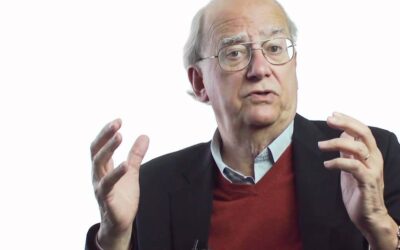

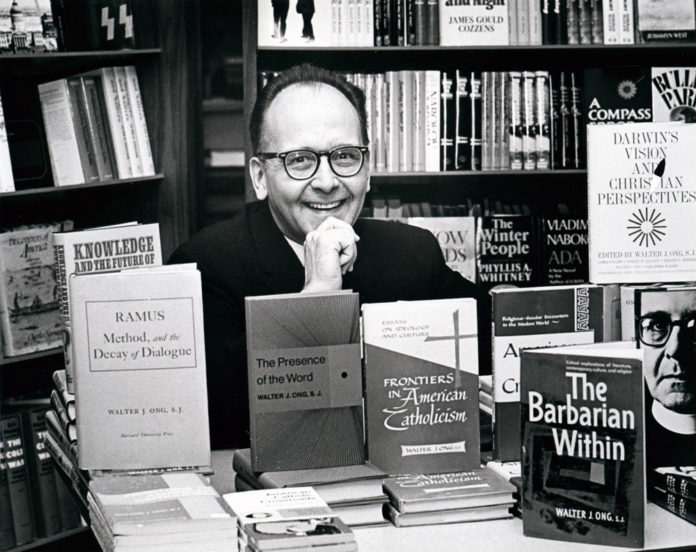
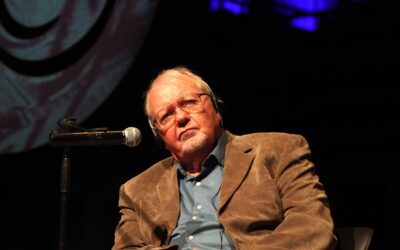
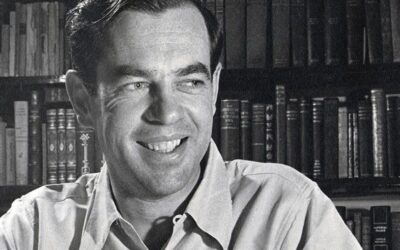
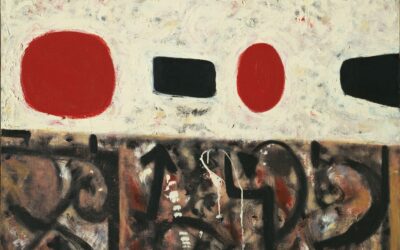
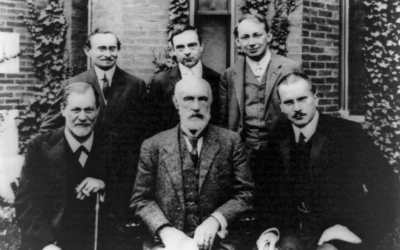
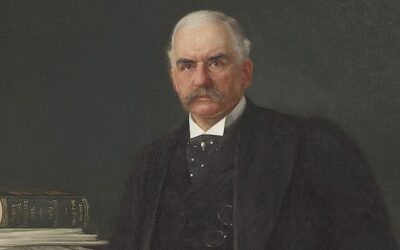
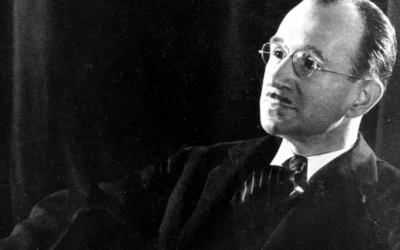
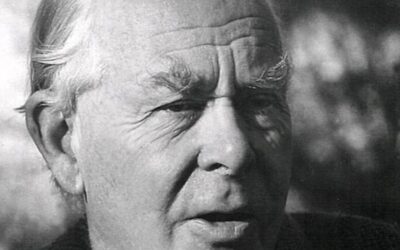
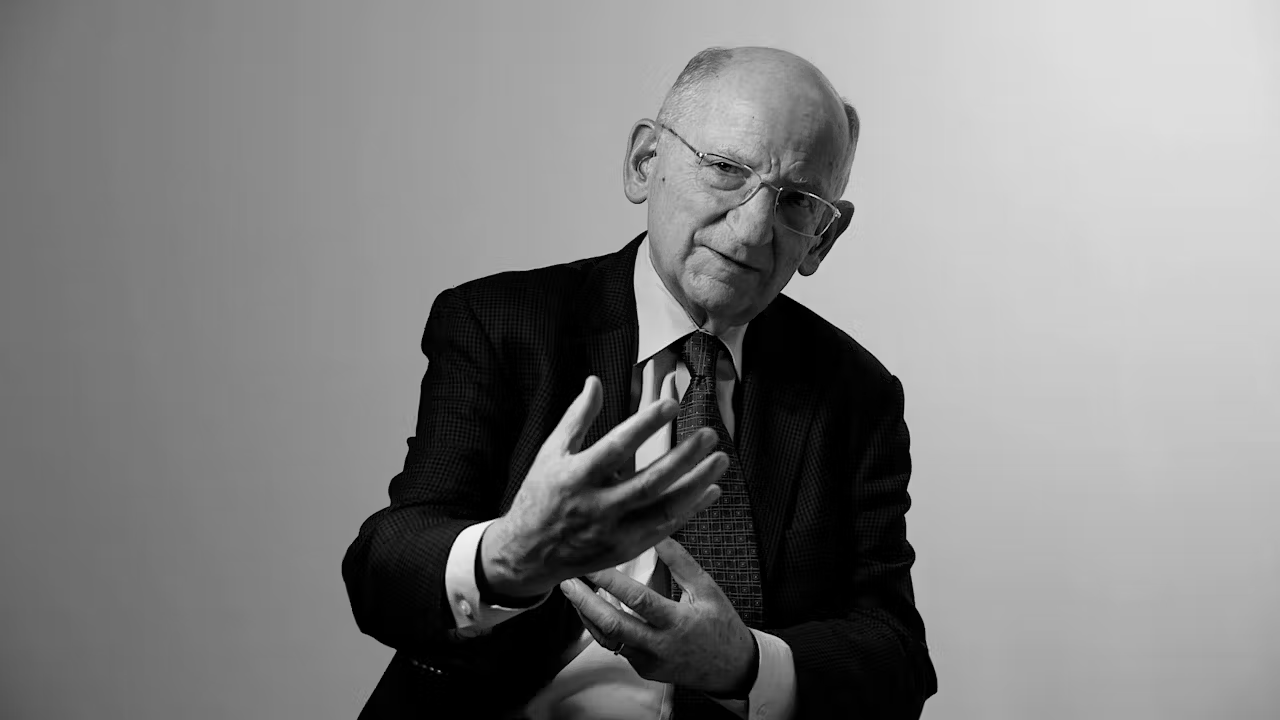
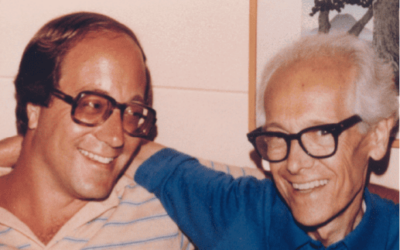

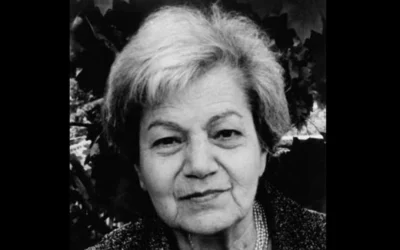
0 Comments